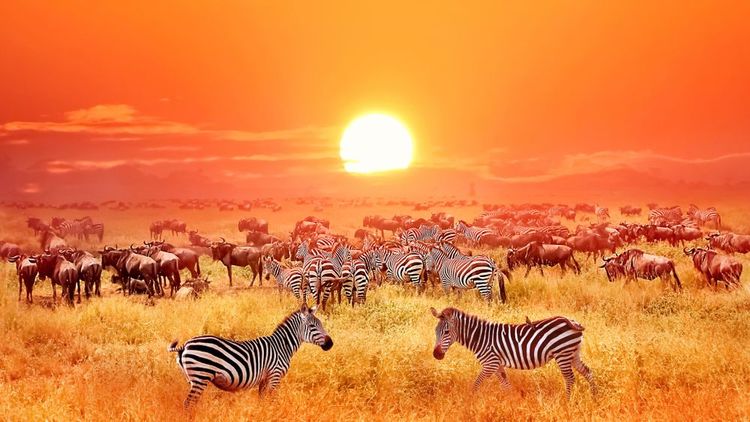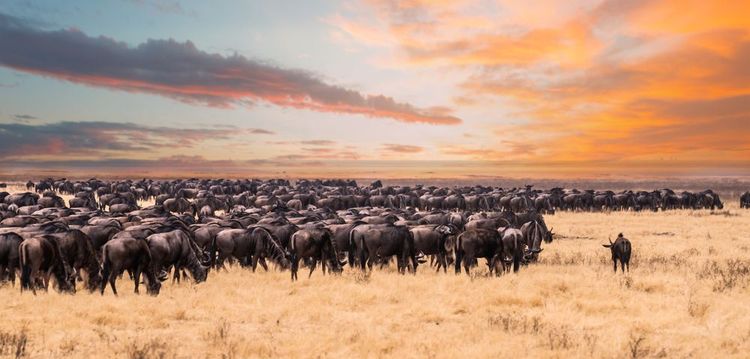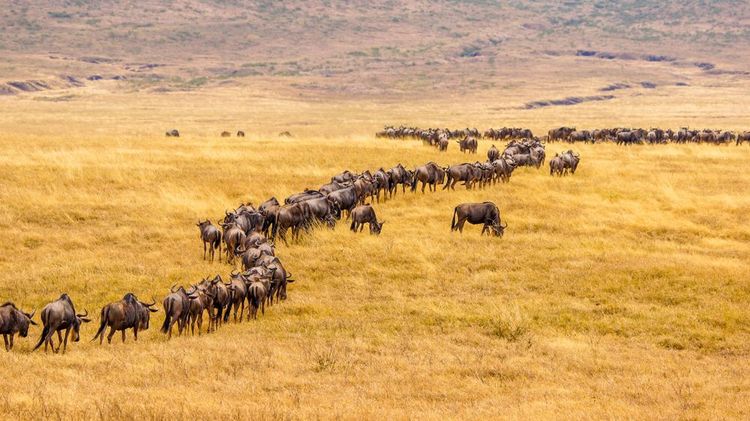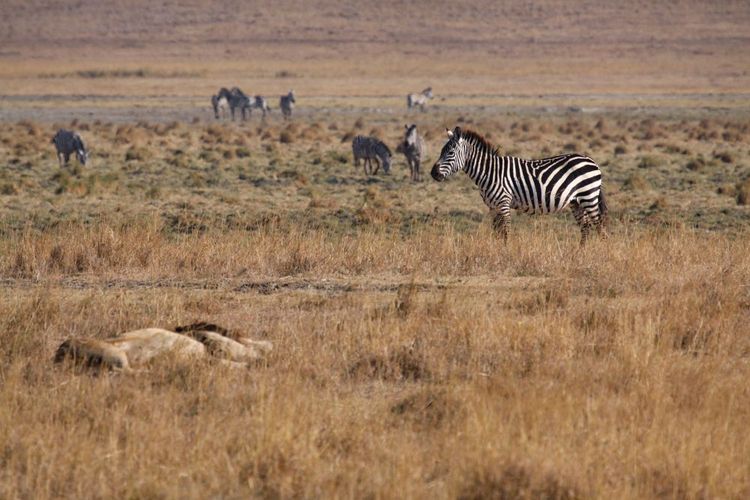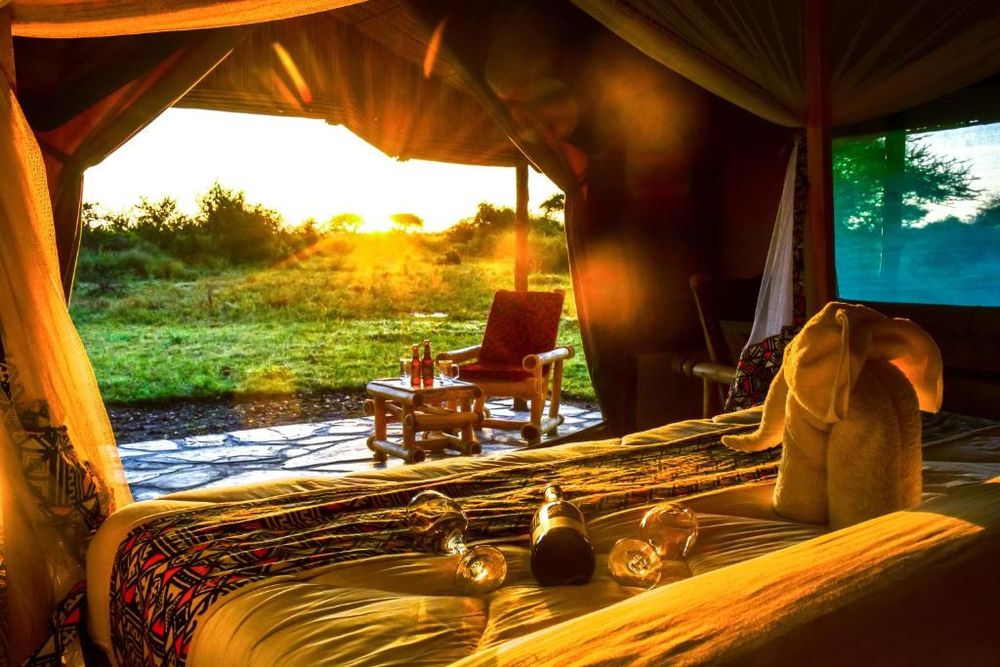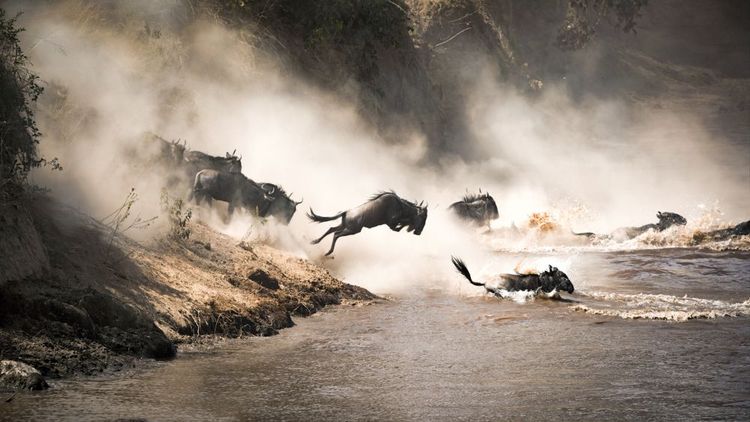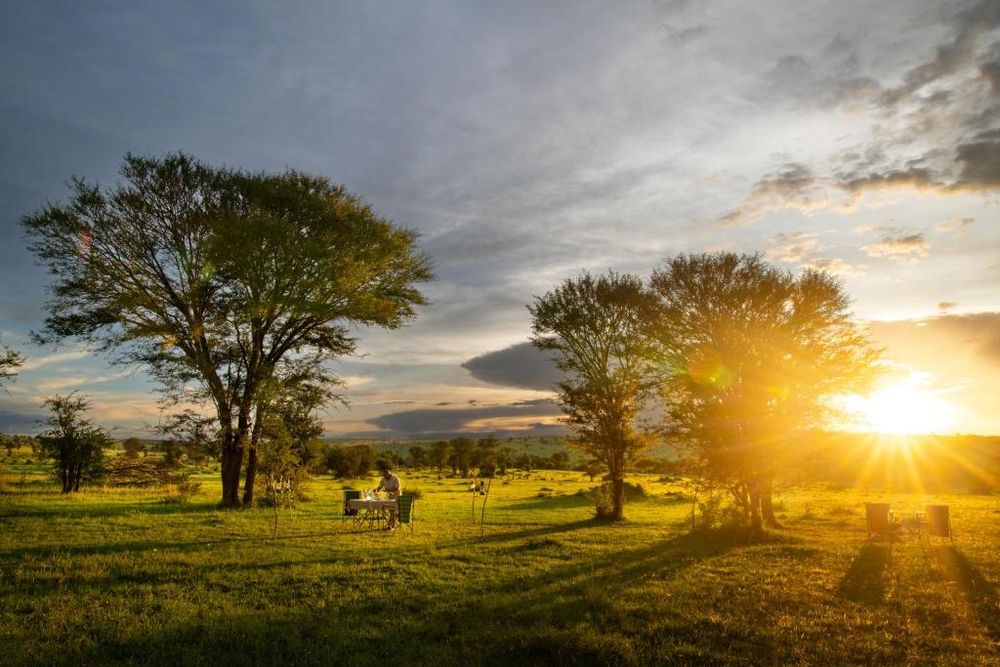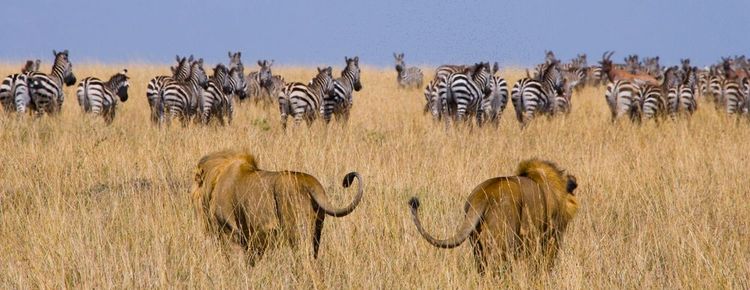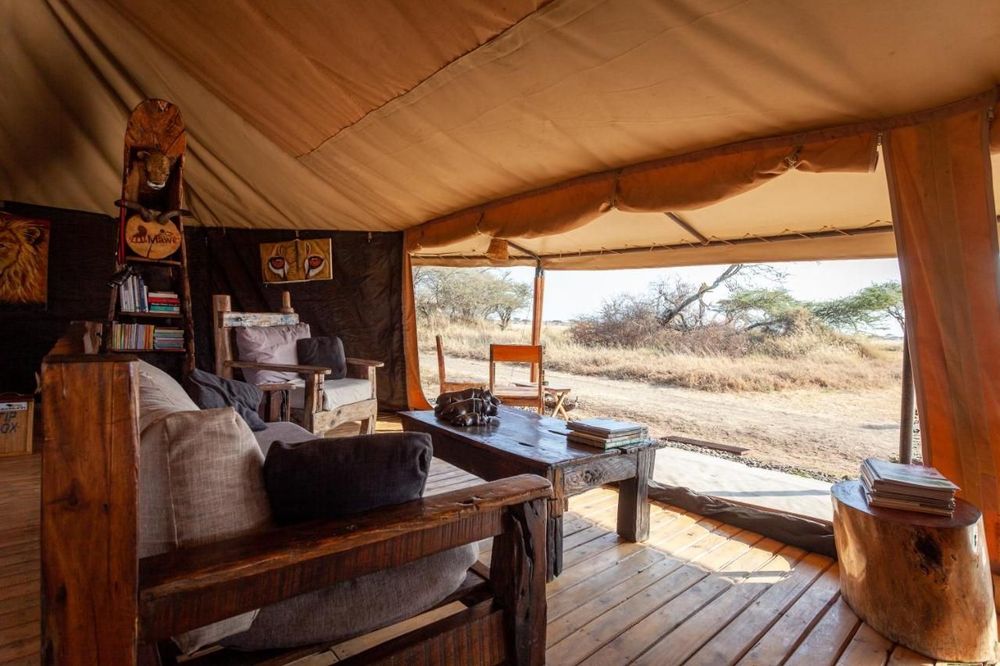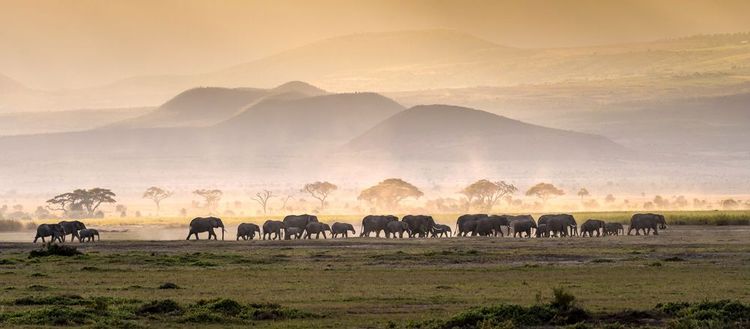At the start of the rainy season, around March/April in the Ngorongoro region, the herbivores of the great plains of the Serengeti begin to migrate northwards in search of new grazing plains and new watering holes. This unique moment, when wildebeest and zebra congregate, closely followed by their predators, is in itself worth a diversion in Tanzania. As the months and seasons go by, the great herbivores of the savannah explore the plains of a vast territory to ensure the survival of their species. Your choice of accommodation will depend on the migratory seasons and the location of the herds.
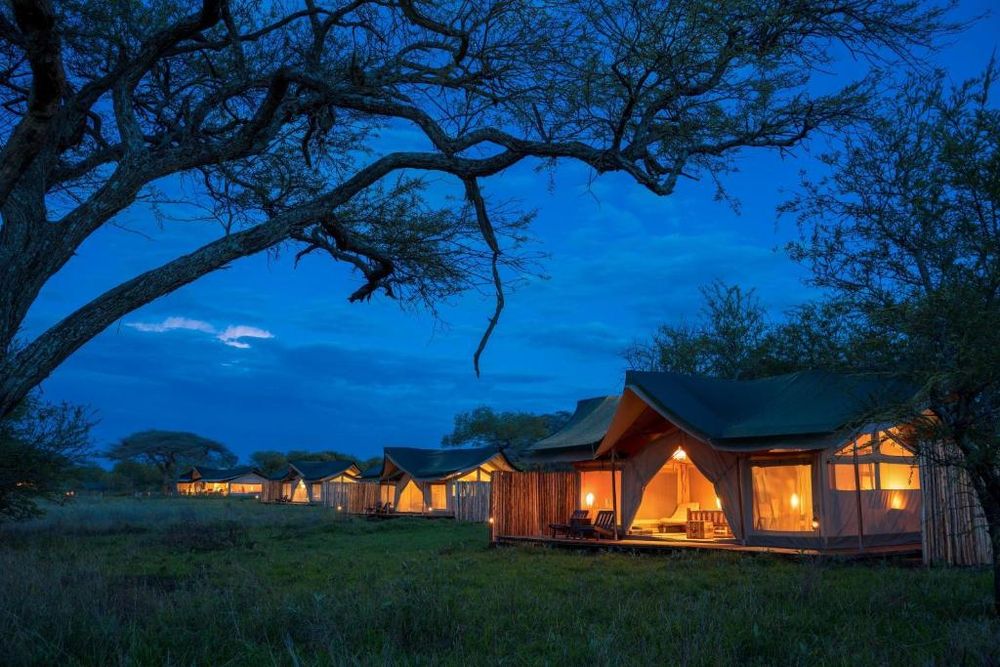 Serengeti
Serengeti
